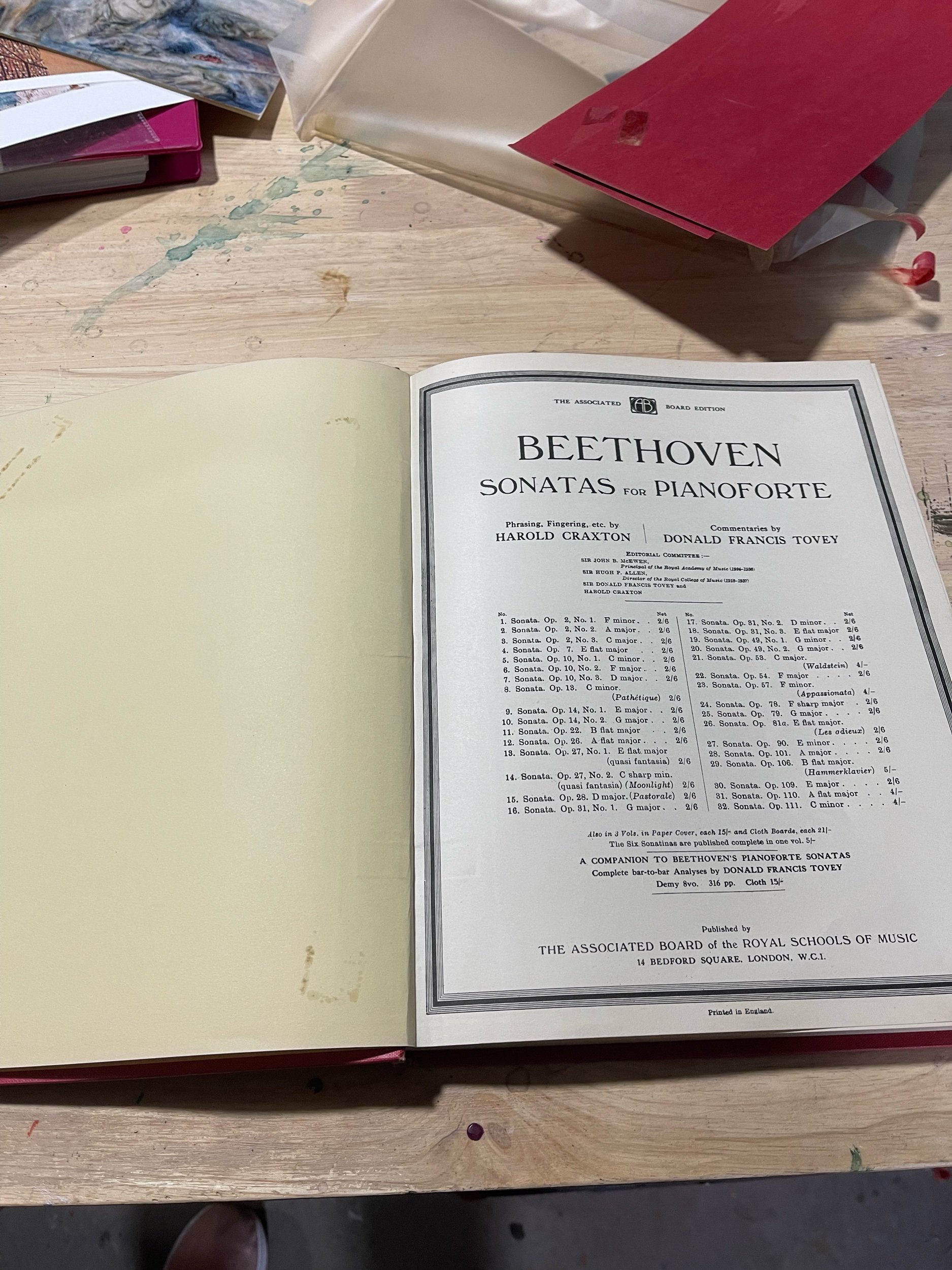I’m running out of Australian Yellow green. I love this colour and wanted to use it in a painting I’m working on, but when I went to order a large tub of it I found that they had sold out at the store. Bum!
So in this blog I’m going to mix some up using various store bought colours I have in my kit.
First, I’m going to try a mix that I’m really confident will work. Cobalt teal + Cad yellow
The warm cad yellow and bright cobalt teal mixes very close to the Australian Yellow green, and with just a touch of red I was able to get it to almost exactly perfect. Fancy that! Didn’t need to add any white either so that was a good choice.
Now I’m going to see if I can get close with an entirely different set of colours… hmmm, this will challenge me.
Cad orange - this has the red and yellow already mixed together, so now I need a blue…hmmm, a colour I use all the time is Aqua green light so lets see how close this mix gets me:
nope! the white in the light aqua looses some of the brightness - it’s close, but it lacks vibrancy. The cad orange mixed with my first choice of cobalt teal would work though….I think…
what!!! no…it’s not much different than the second mix - this means that the cad orange isn’t a good choice, kind of makes it a bit dull.
ok I’m going to try that light aqua with a different yellow - Indian yellow…and a different red - maybe pink just to be difficult (big smile emoji).
Ohh, wow, that works.
and so as not to waste any paint I’ll pop some on the flowers that I’m working on at the moment.
flowers no 16
My brother Michael gave mum a bunch of Proteas so I thought I’d paint them.
Flowers no 15
Started as a demo in class, so I thought I’d better finish it.







































